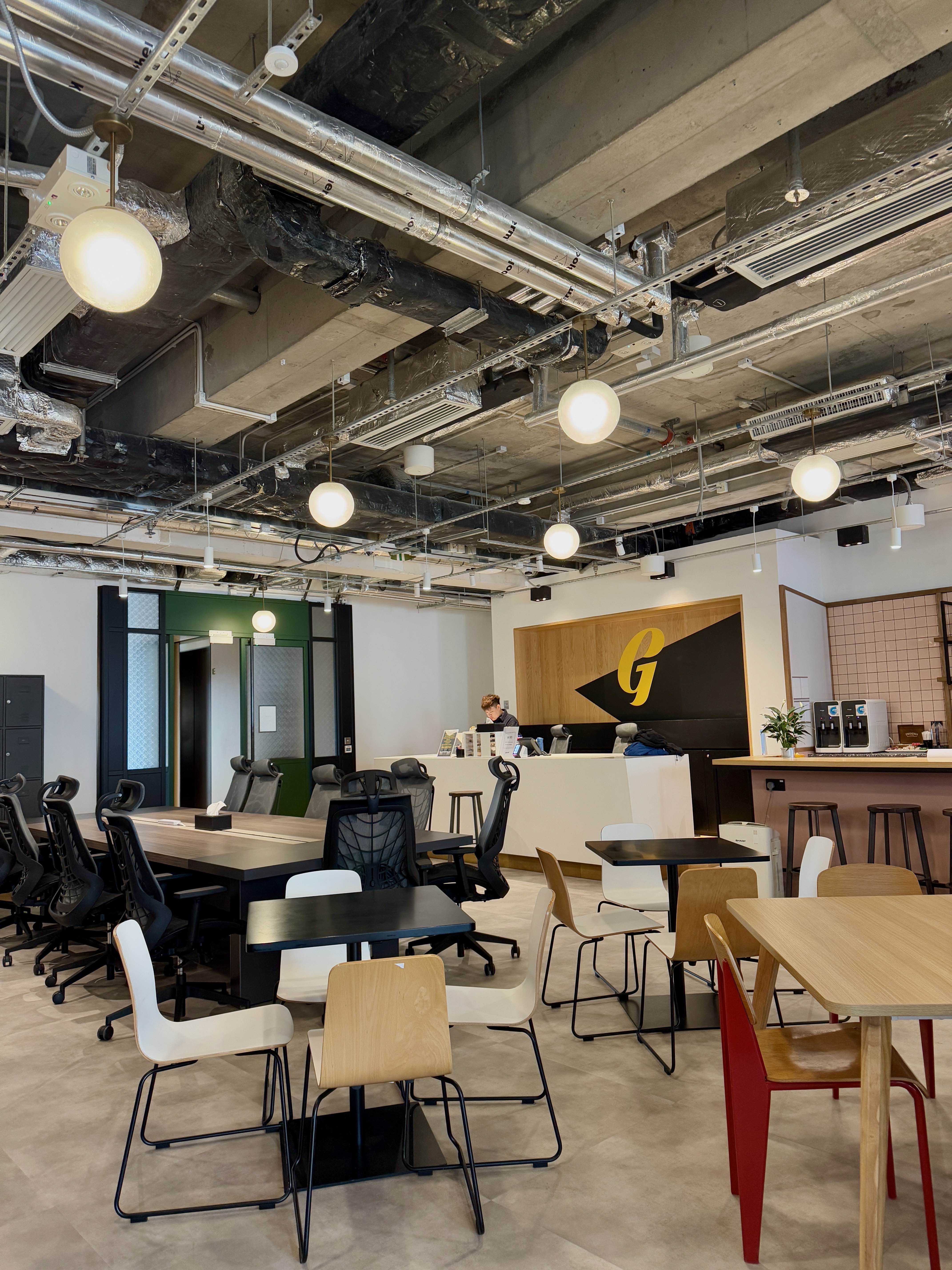LOCATIONS
Hong Kong
-
Facebook
-
LinkedIn
-
Instagram
-
Youtube
If you’re not in a professional or service industry, it’s likely that your company doesn’t have much of a dress code. The notion of workplace and weekend attire has blurred even more with the rise of tech company culture, where casual is the name of the game.
Before the turn of the mid-20th century, work was a formal affair, and there was no such thing as business casual, as the entire workforce was expected to wear suits. Over time, the ‘casualisation' of the workplace, which was led by cultural shifts, lessened companies' desire to enforce dress codes. Silicon Valley’s hope to move away from professional norms began to permeate other industries in the 1980s, leading us to where we are now.
While being able to come to work in a t-shirt and hoodie may seem like a win-win for everyone, studies have shown that there are a number of downsides to allowing employees to come to work dressed whatever way they see fit. Keep reading as we share some recent findings about workplace dress codes, and how you can implement a policy that keeps your team happy while encouraging productivity!
Nowadays, more and more companies are shying away from having established dress codes in an attempt to modernise, but it is more beneficial to outline in detail what your company dress code is in the employee manual or equivalent. Without a detailed policy, it’s difficult for employees to gauge what’s appropriate, which can lead to false misconceptions about the person.
We subconsciously judge people based on the way they dress — even when we don’t want to — so it’s better to prevent any unnecessary judgments and mind games within the team (e.g. dressing too formally to impress managers, others thinking you’re sloppy for not dressing formally enough, etc.) Also, without a set dress code, it makes it more difficult for employers to call employees out on the way they’re dressed.
Additionally, ambiguity imbues the idea that one’s appearance doesn’t matter, which should never be the case, whether the nature of the job is client-facing or not. The key to creating a dress code that doesn’t hurt morale or good faith for the employer would be to keep it simple, and make it about what you can wear as opposed to what you shouldn’t. Don’t be too restrictive, and be conscious of cultural practices and personal choices.
From the time we’re aware of such a thing as clothes, we begin to shape our notions of them based on our experiences. For instance, we associate pyjamas with comfort, and it’s always a treat to be able to stay in them during Saturday mornings while watching cartoons. Similarly, you feel more pumped for a workout when you’re in the right gear.
The associations we make are powerful, and Prof. Karen Pine of the University of Hertfordshire believes that we can feel less motivated and alert when we wear causal clothing because of its symbolic meaning (i.e. relaxation), causing us to «behave in ways consistent with that meaning.» Hajo Adam and Adam Galinsky at Northwestern University found that people who dressed in lab coats acted with more authority and focused more on their task.
This doesn’t mean that you should start asking employees to come to work in three-piece suits. Instead, try drawing certain boundaries for what is considered appropriate work attire. For example, not allowing employees to wear sweats and trainers draws some boundaries between on and off duty, with some studies even finding formalwear to bring about more abstract and high level thinking among employees. On the flip-side, it’s also beneficial for the employee to unwind after work, as they’re able to associate their sweats with relaxation.
Clothing is an extension of who we are, so it’s only natural that what employees wear is a reflection of the company as well. Allowing for some flexibility gives staff the freedom to express their creativity through another channel. The key here is to enable them to feel comfortable in what they’re wearing, allowing for a stronger sense of self, and hence confidence.
Consider the goals of the team, and formulate a dress code from there. For instance, if the business is in the creative field, it’s important to reflect this in your dress code as well, allowing employees to showcase their personality and personal tastes.
On the other hand, appearances matter — not so much in the sense of how good we look, but how disciplined we are about our jobs, and how respectful we are of our colleagues and clients. If you mainly interact with your clients or customers on a business-level, then it’s important for the dress code to reflect that, as they will judge the productivity of your business based on that.
With these two points to consider, many companies are adopting micro-dress codes to fit each role, as different roles benefit from different dress codes. For instance, a receptionist should have a more professional dress code relative to say, a creative director, who can be more eccentric in the way they dress. Allowing the team to have input on how this would be structured will also make rolling out new policies that much easier.
 Garage Blog
Introducing Garage Society's Newest Premium Workspace at Tower 535 Causeway Bay
Garage Blog
Introducing Garage Society's Newest Premium Workspace at Tower 535 Causeway Bay
We're thrilled to announce the opening of our newest Garage Society location in the heart of Hong Kong's most dynamic business district!
Garage Society Causeway Bay brings our signature blend of community, innovation, and premium workspace to Causeway Bay's prestigious commercial hub.
 Garage Blog
From Flat White to Flexspace - The Best Coffee Spots Near Garage Society Locations
Garage Blog
From Flat White to Flexspace - The Best Coffee Spots Near Garage Society Locations
Looking for the perfect cup of coffee to fuel your workday?
Members enjoy free coffee 24/7 in our spaces, but sometimes they need a change of scenery (or bean!). That's why we've compiled this guide to our members favourite independent coffee shops near each Garage Society location!
Whether you're a dedicated hot desk member or just exploring flexible workspace options, stay caffeinated and inspired with our picks below: